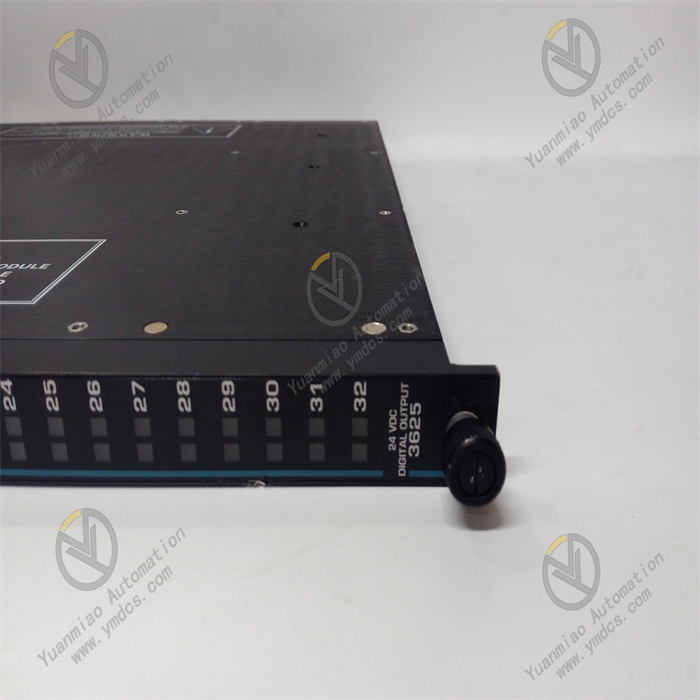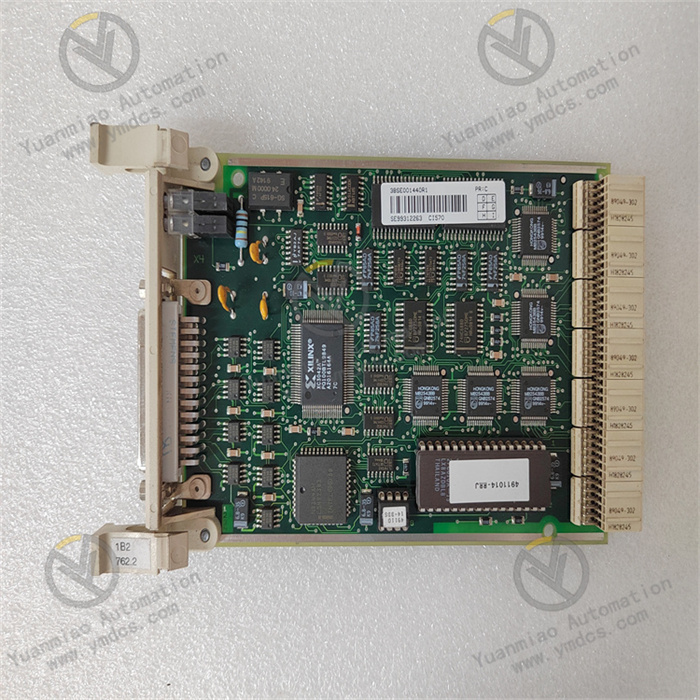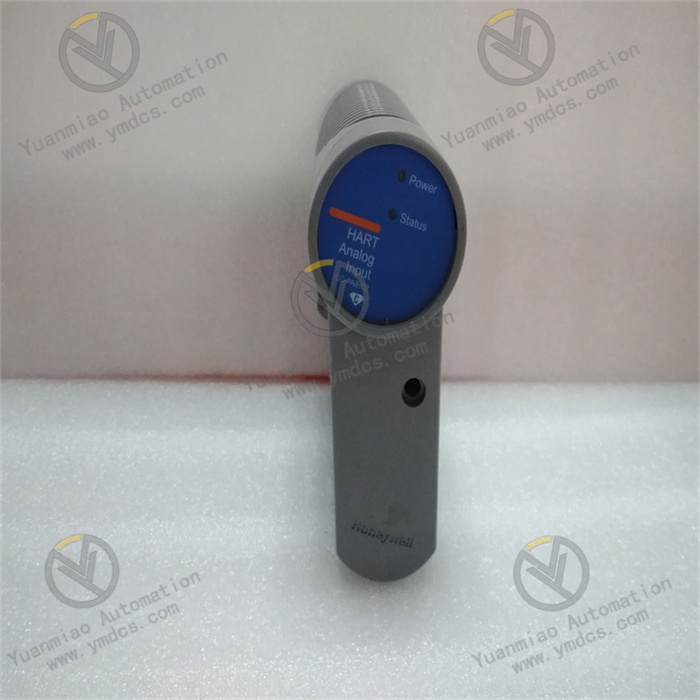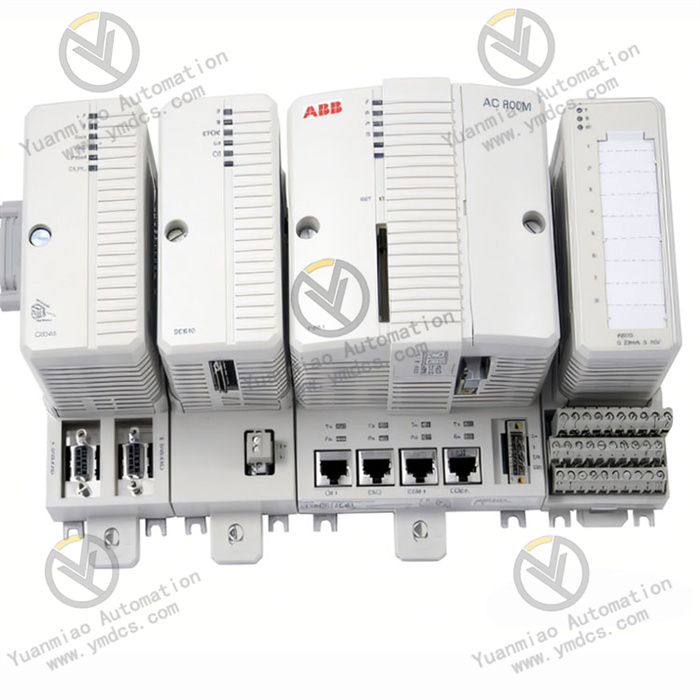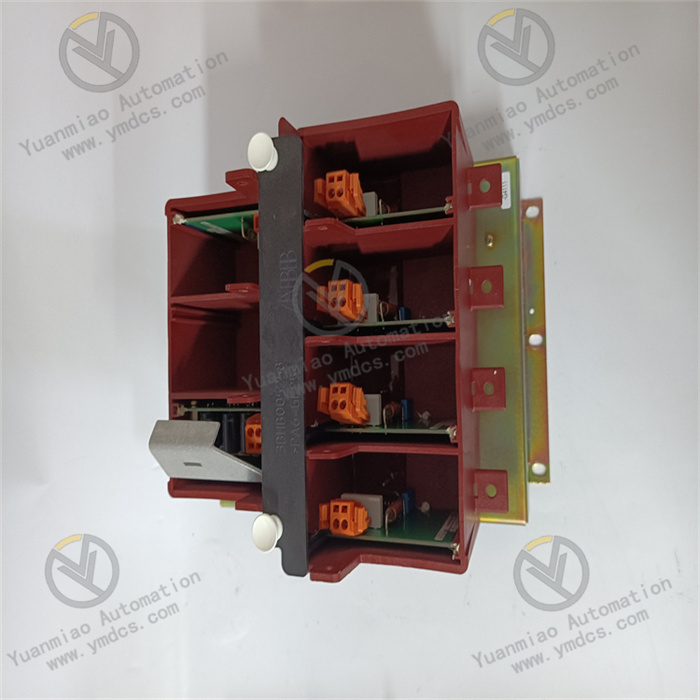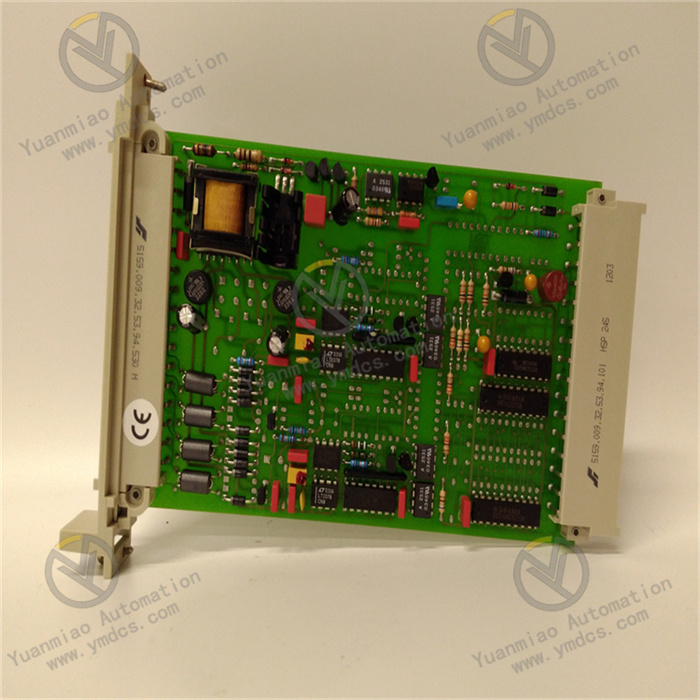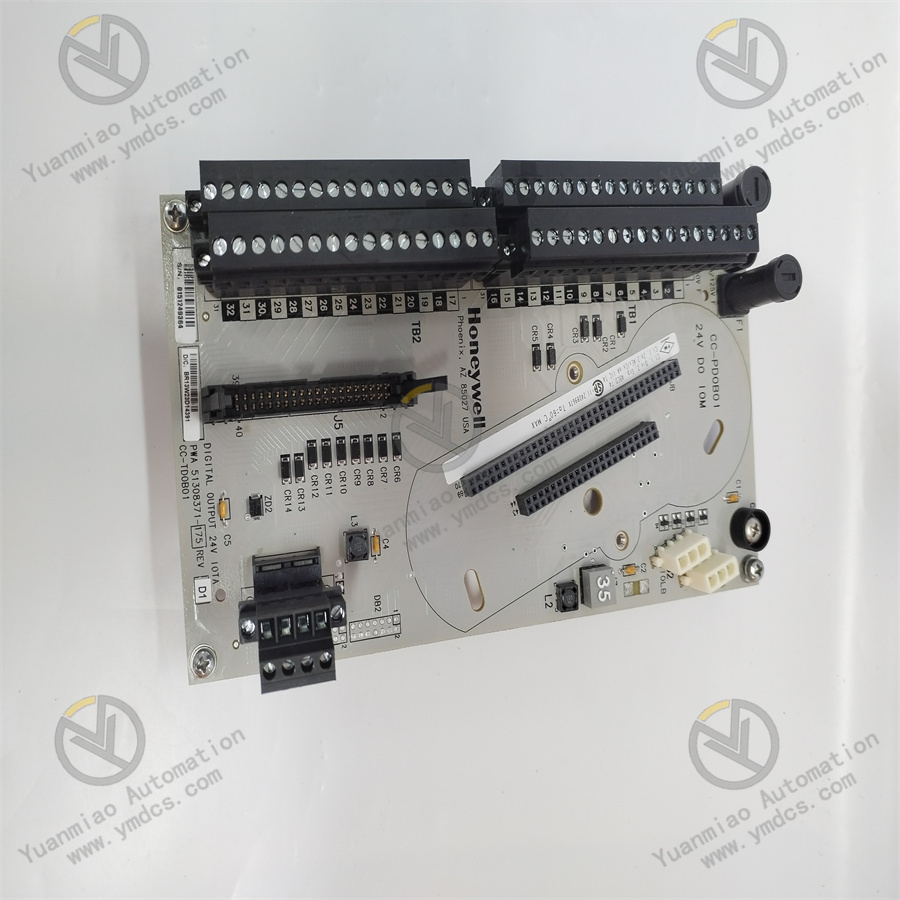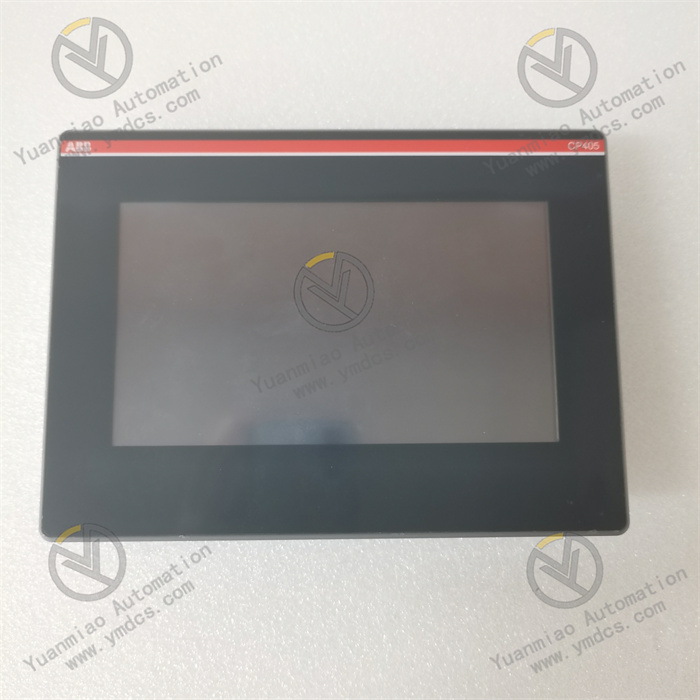Description
B&R 7DO135.70
I. Overview
This module can receive digital commands from control systems such as PLCs and industrial computers, and convert them into switching signals that can directly control executive components like relays, solenoid valves, and contactors, thereby achieving precise control of various equipment in industrial sites. Benefiting from B&R's technical accumulation in the field of automation, the 7DO135.70 module features high reliability, good anti-interference performance, and stable functionality. It can adapt to complex environments in various industrial scenarios such as machinery manufacturing, automobile production, and food processing, providing strong control support for automated production processes.
II. Technical Parameters
Output signal type: Adopts relay output mode. This type of output has strong versatility, being able to adapt to different types of loads such as AC or DC. Moreover, it has good electrical isolation effect, which can protect the module and the control system to a certain extent.
Rated load capacity: Each output channel has a certain load-driving capability, usually able to drive loads of AC 250V/3A or DC 30V/3A (specific parameters are subject to the product manual). It can meet the driving needs of equipment such as small solenoid valves, indicator lights, and micro motors.
Electrical isolation: Electrical isolation design is adopted between the output channels and the backplane bus, as well as between each output channel. The isolation voltage can generally reach more than 2500V AC, effectively blocking the propagation of external interference signals, preventing external high voltage from damaging the control system, and ensuring the stable operation of the system.
Response time: The response time of relay output is at the millisecond level, which can quickly respond to the commands issued by the control system, ensuring that the actuator acts in a timely manner and meeting the real-time requirements of general industrial control scenarios.
Power supply requirements: Usually powered by the I/O rack where it is located or a dedicated power module. The typical supply voltage is 24V DC, with low power consumption, which imposes little burden on the system power supply and facilitates system integration and installation.
Environmental adaptability:
- Operating temperature: Can work stably within the temperature range of 0°C - 60°C, being able to cope with common temperature fluctuations in industrial sites.
- Relative humidity: Can operate normally in a relative humidity environment of 5% - 95% (non-condensing), suitable for humid production workshops and other environments.
- Vibration and shock resistance: Complies with relevant industrial standards, has certain vibration and shock resistance capabilities, and can work reliably in occasions with slight vibrations (such as near production lines and machine tools).
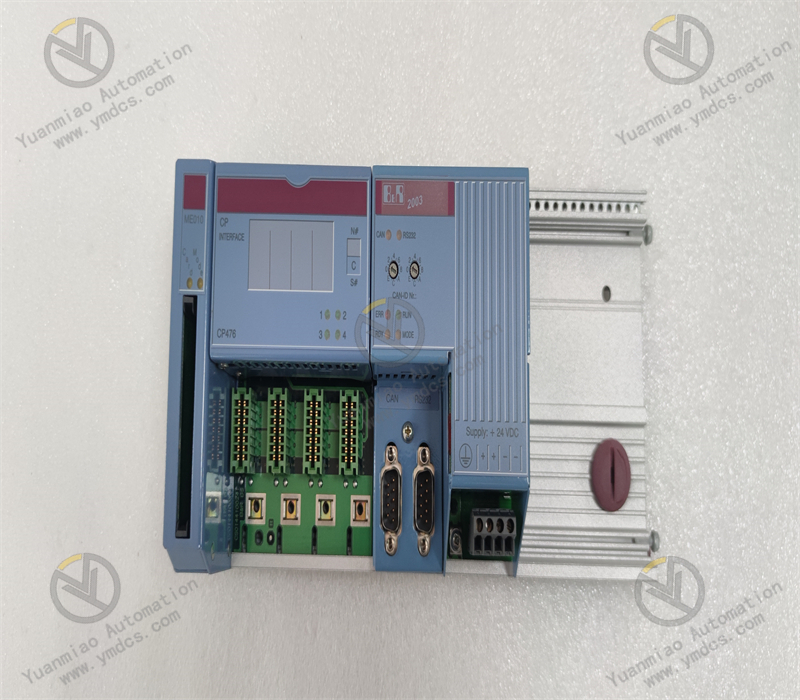
III. Functional Characteristics
Effective electrical isolation: The multiple electrical isolation design can not only prevent external interference signals from entering the control system but also avoid the impact of a faulty channel on other channels and the entire system, enhancing the safety and anti-interference ability of the system.
Intuitive status indication: The module is equipped with LED status indicators for each output channel. When the channel output is "ON", the indicator light is on; when the output is "OFF", the indicator light is off. Operators can quickly understand the working status of each channel through the indicator lights, facilitating system debugging, operation monitoring, and fault troubleshooting.
Certain diagnostic functions: Has basic self-diagnostic capabilities, being able to monitor fault conditions such as short circuits and overloads of output channels. When a fault is detected, the fault information will be fed back to the control system through the communication bus, facilitating maintenance personnel to discover and handle problems in a timely manner and reducing system downtime.
Convenient installation and integration: Adopts a standardized rail mounting method, making the installation process simple and fast. It can be flexibly combined with other B&R I/O modules, PLCs, and other equipment to form a compact automation control system. At the same time, the module is compatible with B&R's Automation Studio programming software, facilitating users to configure the system and debug programs, and achieving seamless connection with the entire automation system.
IV. Common Faults and Solutions
Phenomenon: The control system has issued a control command, but there is no signal output from the corresponding output channel, the external actuator does not act, and the LED indicator of the channel is not on.
Causes and solutions:
- Incorrect channel configuration: Check the channel parameter settings of the module in the programming software, such as whether the output address and signal type are correct. Reconfigure the parameters correctly, download the program, and test again.
- Abnormal power supply: Check whether the supply voltage of the module is within the range of 24V DC and whether the power supply line has poor contact or disconnection. Use a multimeter to measure the supply voltage, repair the power supply line or replace the power module to ensure normal power supply.
- Damaged relay: If the channel configuration and power supply are normal, the relay of the channel may be damaged. Switch the control signal to another standby channel. If the standby channel can work normally, it indicates that the relay of the original channel is damaged, and the module needs to be repaired or replaced.
Output signal cannot drive the load
Phenomenon: The LED indicator of the module's output channel is on, but the external actuator does not act or acts abnormally.
Causes and solutions:
Phenomenon: The LED indicator of the module's output channel is on, but the external actuator does not act or acts abnormally.
Causes and solutions:
- Load failure: Check whether the actuator (such as solenoid valve, relay, etc.) is damaged and whether the load power supply is normal. Use a multimeter to detect the on-off and resistance value of the load, replace the damaged load; check the voltage and current of the load power supply to ensure they meet the load requirements.
- Line problem: Check whether the connection line between the module's output terminal and the load is broken, and whether the connector is loose or oxidized. Reconnect the line, clean the oxide layer of the connector and fasten it to ensure the line is unobstructed.
- Load overload: If the load current exceeds the rated load capacity of the channel, the relay will not be able to drive the load normally. Replace the actuator that meets the rated load requirements, or add an intermediate relay to drive the heavy load.
Module communication failure
Phenomenon: The module cannot communicate with the control system. The control system cannot configure the module or send commands, and the module status information cannot be uploaded.
Causes and solutions:
Phenomenon: The module cannot communicate with the control system. The control system cannot configure the module or send commands, and the module status information cannot be uploaded.
Causes and solutions:
- Communication line failure: Check whether the communication line is connected correctly and firmly, and whether there is disconnection or short circuit. Re-plug the communication connector, use special tools to detect the line, and repair or replace the faulty line.
- Mismatched communication parameters: Confirm whether the communication parameters of the module (such as baud rate, address, protocol, etc.) are consistent with those of the control system. Reset the module's communication parameters in the programming software to match the control system.
- Module hardware failure: If the communication line and parameters are normal, the communication interface or internal circuit of the module may be damaged. Contact professional maintenance personnel for inspection and replace the module if necessary.


